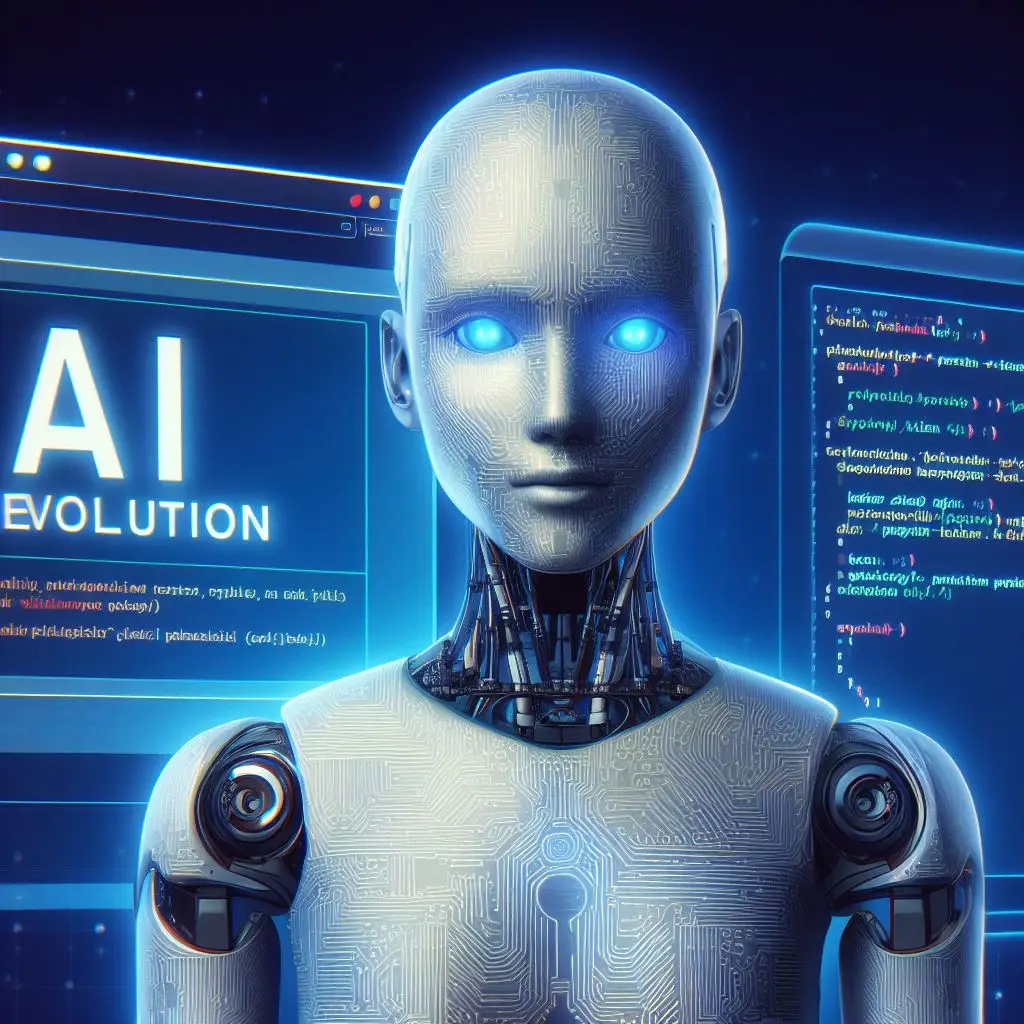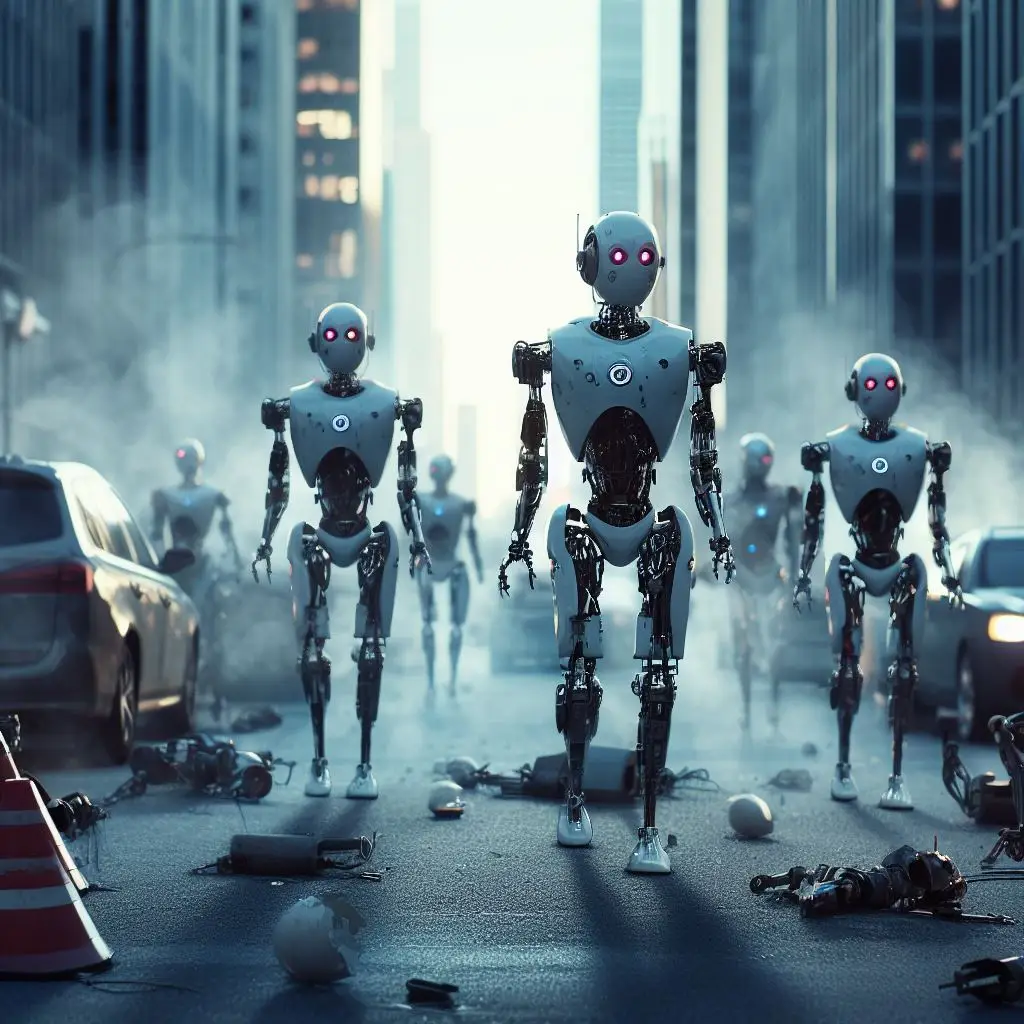In a world where the demand for smart technologies is ever-increasing, Weave has introduced its latest innovation Isaac, a groundbreaking personal robot designed to perform household tasks autonomously. Announced in 2024 and manufactured in California, Isaac is set to ship to its first customers in fall 2025. This AI-powered robotic assistant promises to transform home life by tackling everyday chores, from folding laundry to organizing spaces, giving homeowners more time to focus on what truly matters.
The Future of Home Automation: Isaac’s Capabilities
Isaac is no ordinary household gadget. Designed as a fully autonomous robotic butler, it can tidy up, fold laundry, and organize various areas of the house with minimal intervention. The AI-driven robot responds seamlessly to both voice and text commands, making interaction convenient and natural. Additionally, users can program Isaac via a user-friendly app, allowing for more customized task delegation. With advancements in artificial intelligence and robotics, Isaac is another leap forward in personal home automation.
Weave’s Isaac is priced at $59,000 or can be financed for $1,385 per month over 48 months, with a $1,000 reservation fee for early adopters. Currently, only 30 lucky U.S. customers will have the chance to reserve the first batch of Isaac units, which marks the beginning of a new era in smart home devices.
Why Isaac Matters in the Robotic Landscape
Weave’s Isaac arrives at a crucial time in the race for affordable, intelligent household robots. The growing competition for versatile personal robotic assistants has drawn big names in the tech industry, with Tesla’s Optimus, 1X’s NEO Beta, and China’s AGIBOT all vying for a spot in our homes. The arrival of these robotic helpers signals the beginning of a shift in daily home management.
While each of these AI-driven robots offers something unique, Weave’s Isaac stands out for its blend of versatility and ease of use, catering specifically to the home environment. With a robust AI engine, Isaac can autonomously adapt to different tasks, reducing the need for constant supervision. Its ability to handle mundane chores like laundry folding and space organization positions it as a true robotic butler.
Isaac’s entry into the market reflects how AI robots are evolving beyond experimental prototypes to practical, real-world applications. In many ways, Isaac shares common ground with other famous robots, such as Sophia, the humanoid robot developed by Hanson Robotics. While Sophia is recognized more for her conversational abilities and interactions with humans, Isaac focuses on tangible household tasks, making it an invaluable assistant in everyday life.
The Role of AI and Python in Robotic Development
Behind Isaac’s smooth operation lies the powerful combination of AI (artificial intelligence) and robotics, built to adapt to various environments and task complexities. One of the key programming languages used in developing AI robots like Isaac is Python, which plays a significant role in controlling robot motion, decision-making, and task execution.
Python, known for its versatility and ease of use, is widely used in AI and robotics due to its vast libraries, frameworks, and community support. In Isaac’s case, Python could be used to create algorithms that allow the robot to learn from its environment and improve its performance over time. It may also be employed to handle data input from Isaac’s sensors, analyze the data, and execute the necessary actions based on predefined rules.
Python’s integration with AI frameworks such as TensorFlow or PyTorch further enhances Isaac's ability to process tasks in real-time, adapt to user preferences, and deliver a highly personalized experience. It is Python's power and flexibility that make it ideal for developers creating cutting-edge robotic systems like Isaac.
The Road Ahead: What to Expect from Personal Robots by 2025
The growing demand for affordable, intelligent personal robots highlights the fact that we’re nearing a turning point in the adoption of AI robots in everyday life. Weave’s Isaac is part of a wave of advancements in AI-driven robotics, aimed at making household chores more efficient and less time-consuming. By fall 2025, many households could have robotic butlers like Isaac, signaling a future where machines assist with daily living in ways we could only dream of before.
With the success of AI robots such as Sophia in social interactions and now Isaac in household chores, we are witnessing the rapid evolution of AI into highly capable assistants that blend into everyday life. Python continues to play a central role in their development, powering everything from intelligent decision-making processes to natural language understanding and task automation.
Conclusion: The Dawn of a New Age in Home Automation
Isaac is more than just a personal robot it represents the future of intelligent home automation. By 2025, Weave’s Isaac will join the ranks of other AI robots like Sophia and Tesla’s Optimus, each contributing to the evolving landscape of smart homes. Priced at $59,000 and offering a variety of time-saving features, Isaac is set to revolutionize how we approach household chores, making mundane tasks a thing of the past. As the competition heats up, the next few years will prove crucial in defining how personal robotics will reshape our daily lives.









Add a Comment: